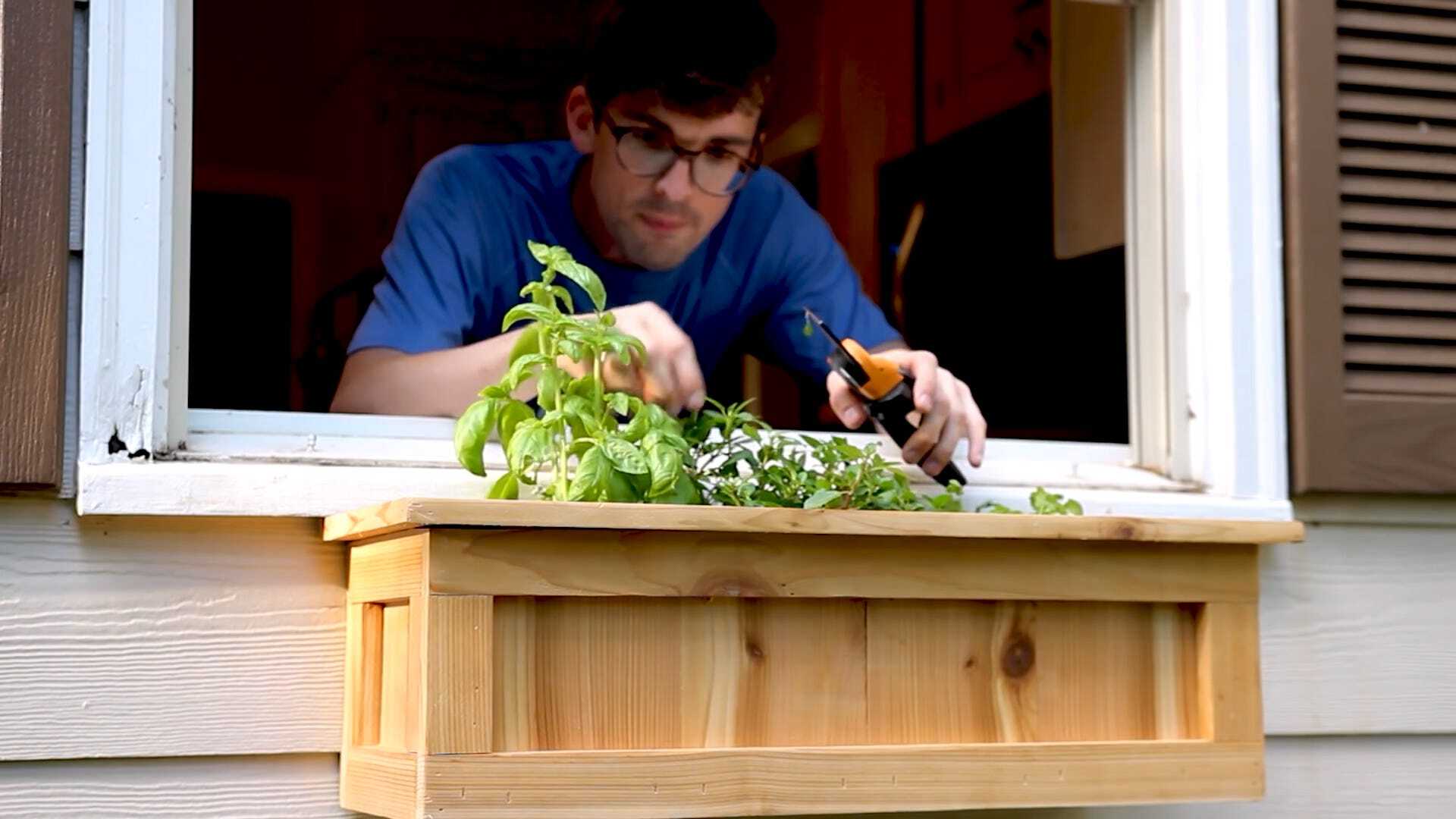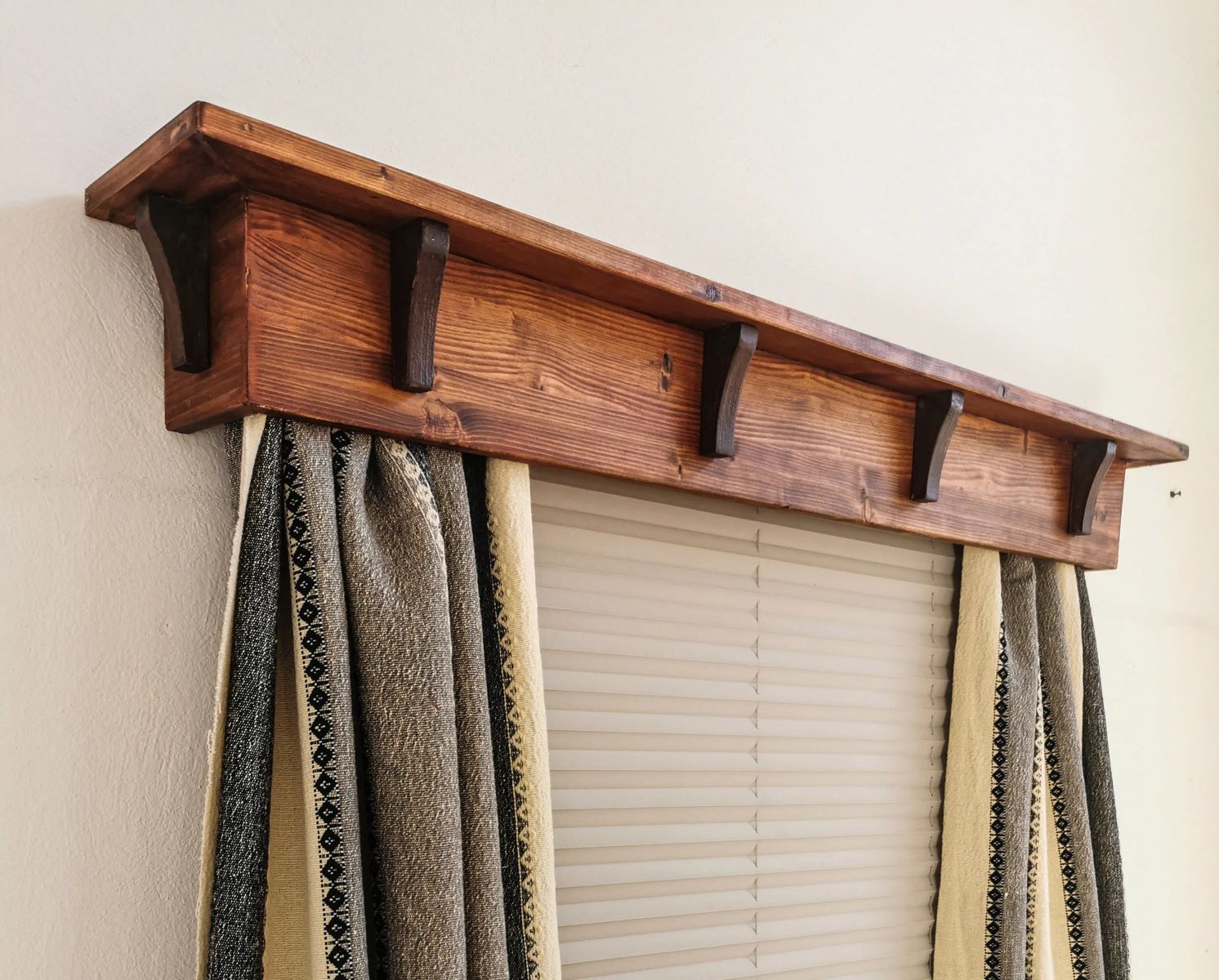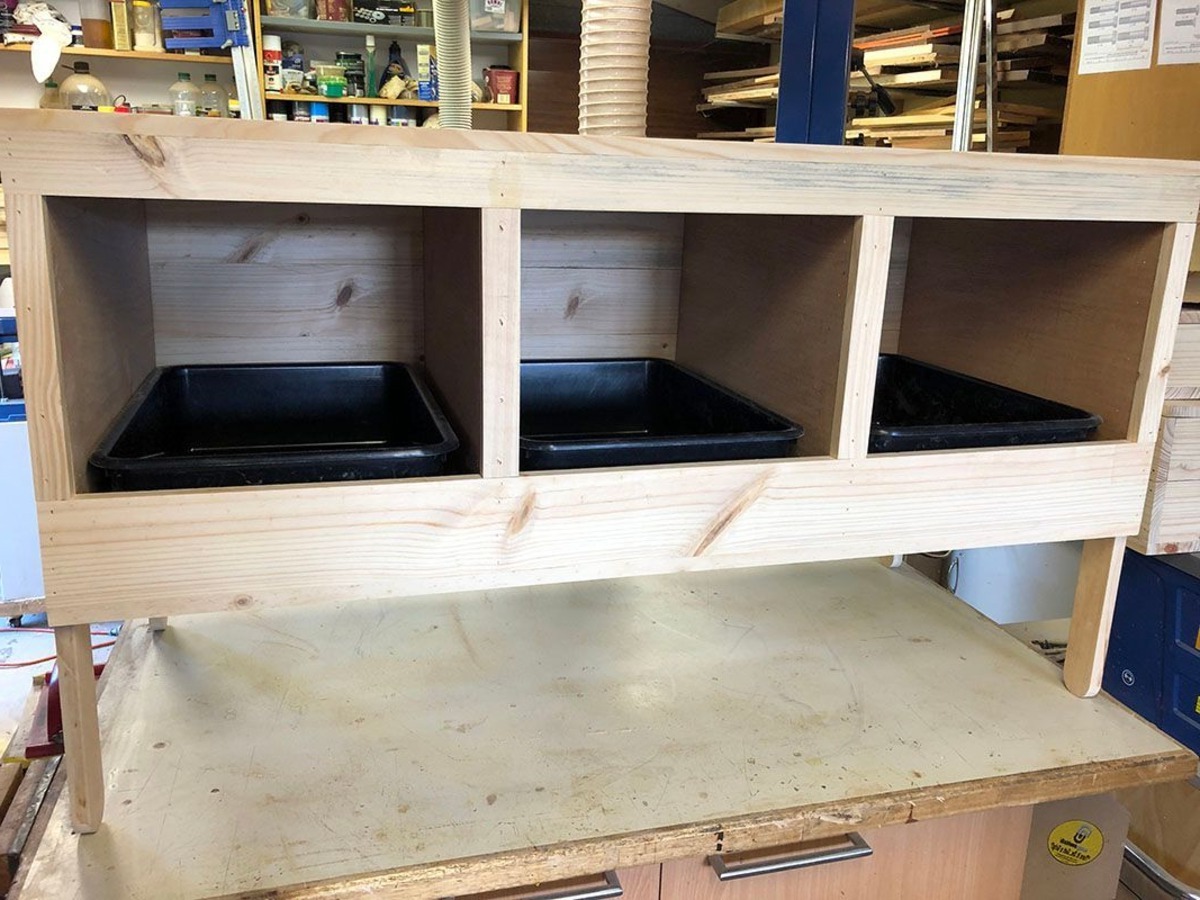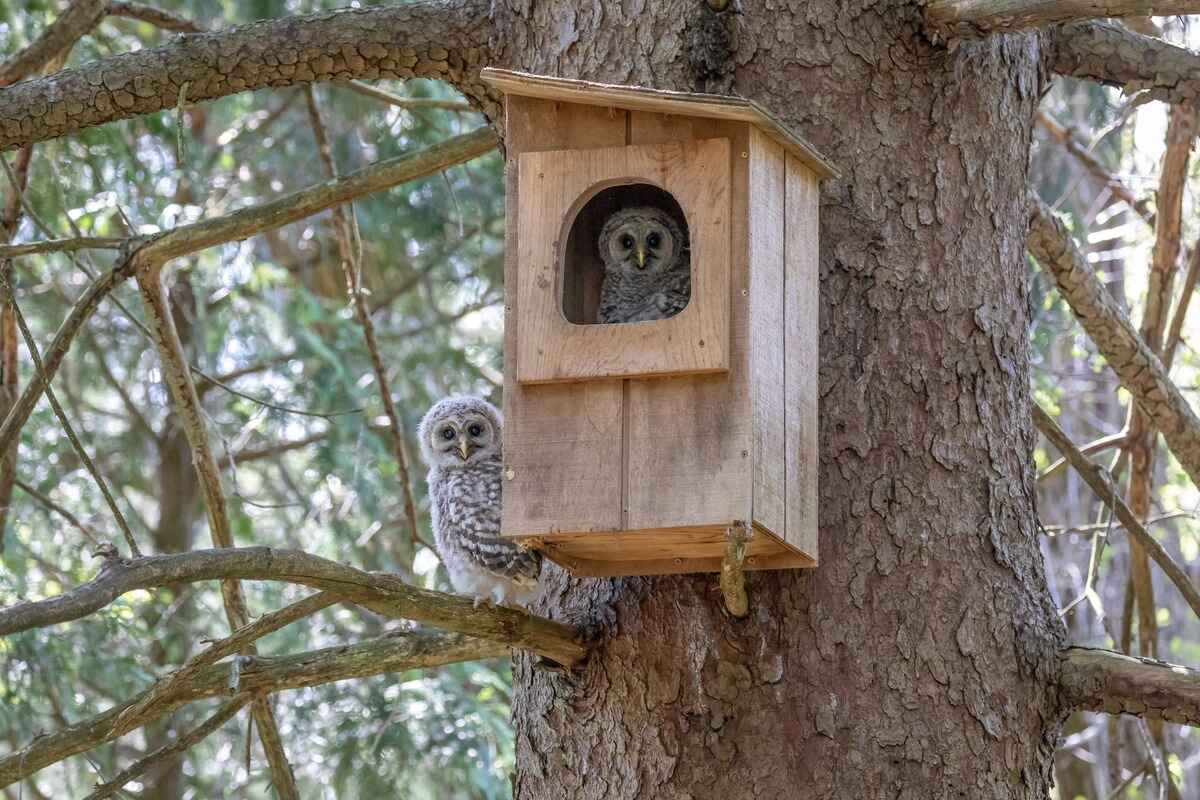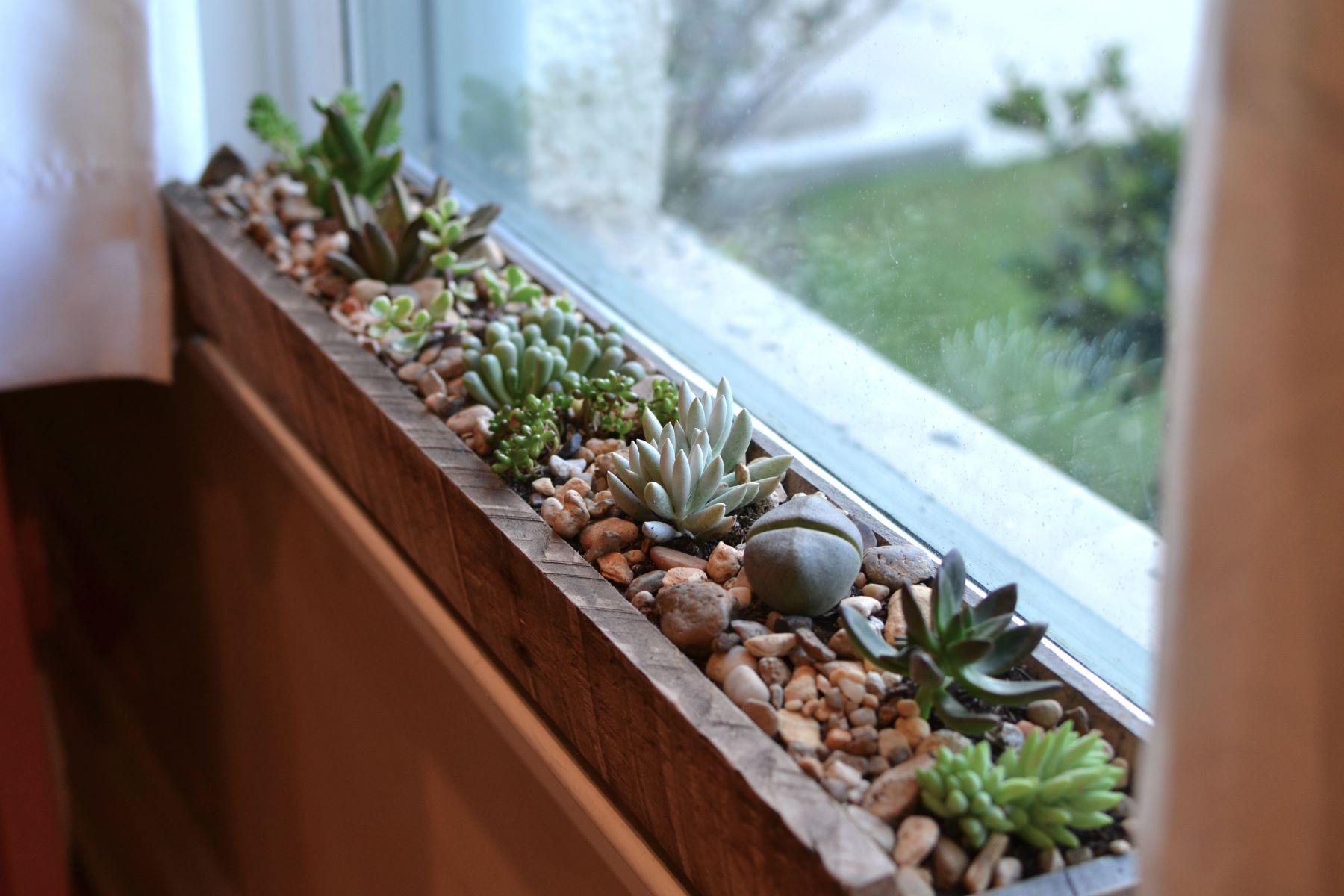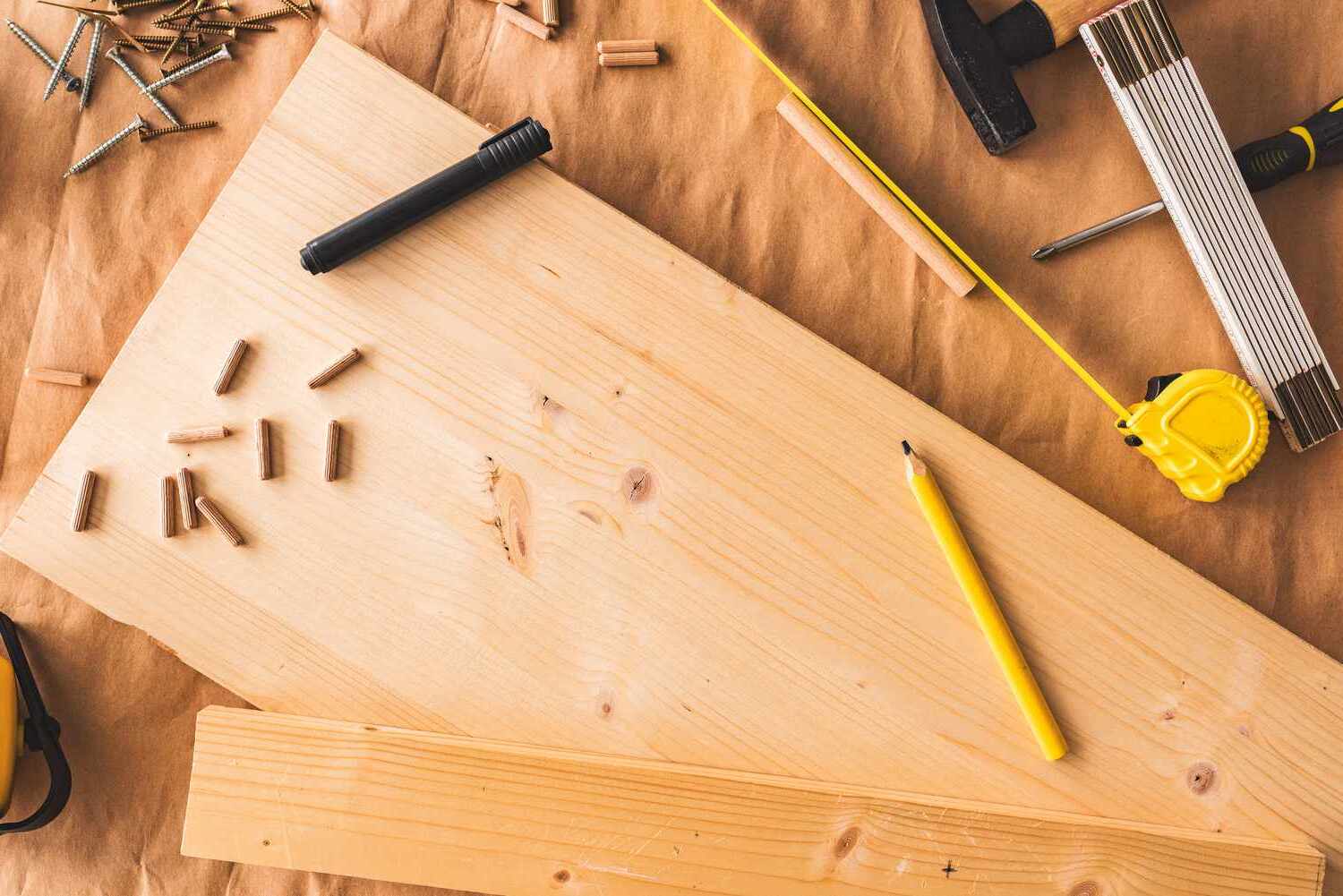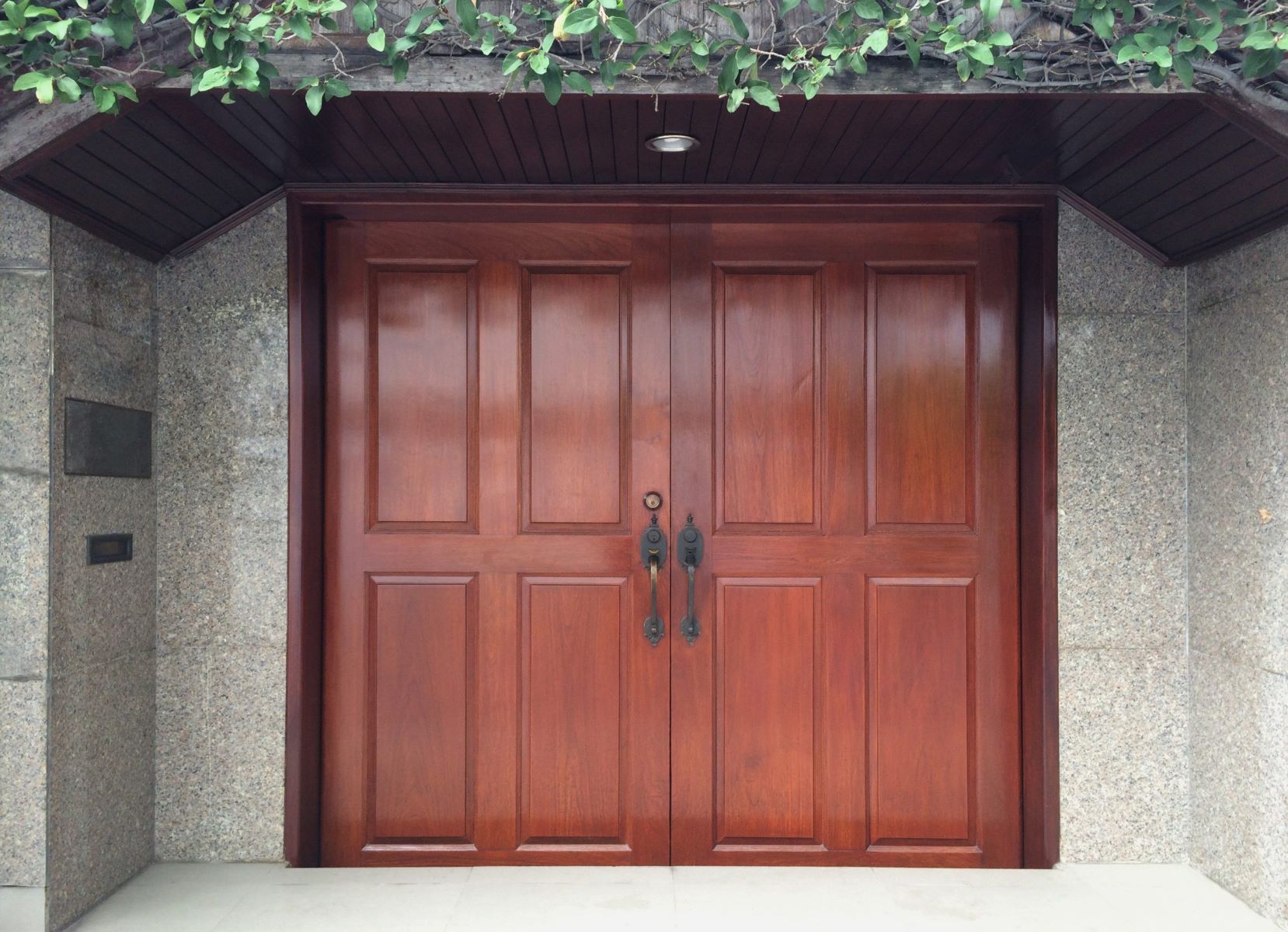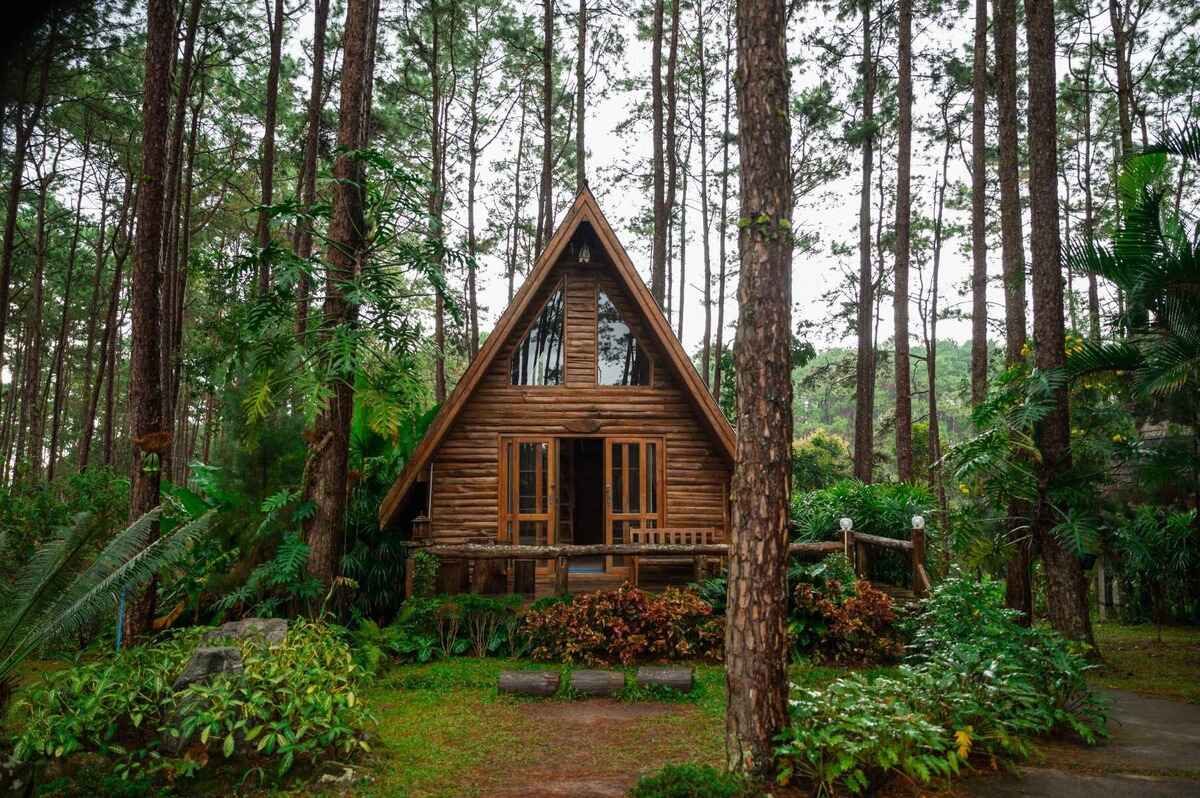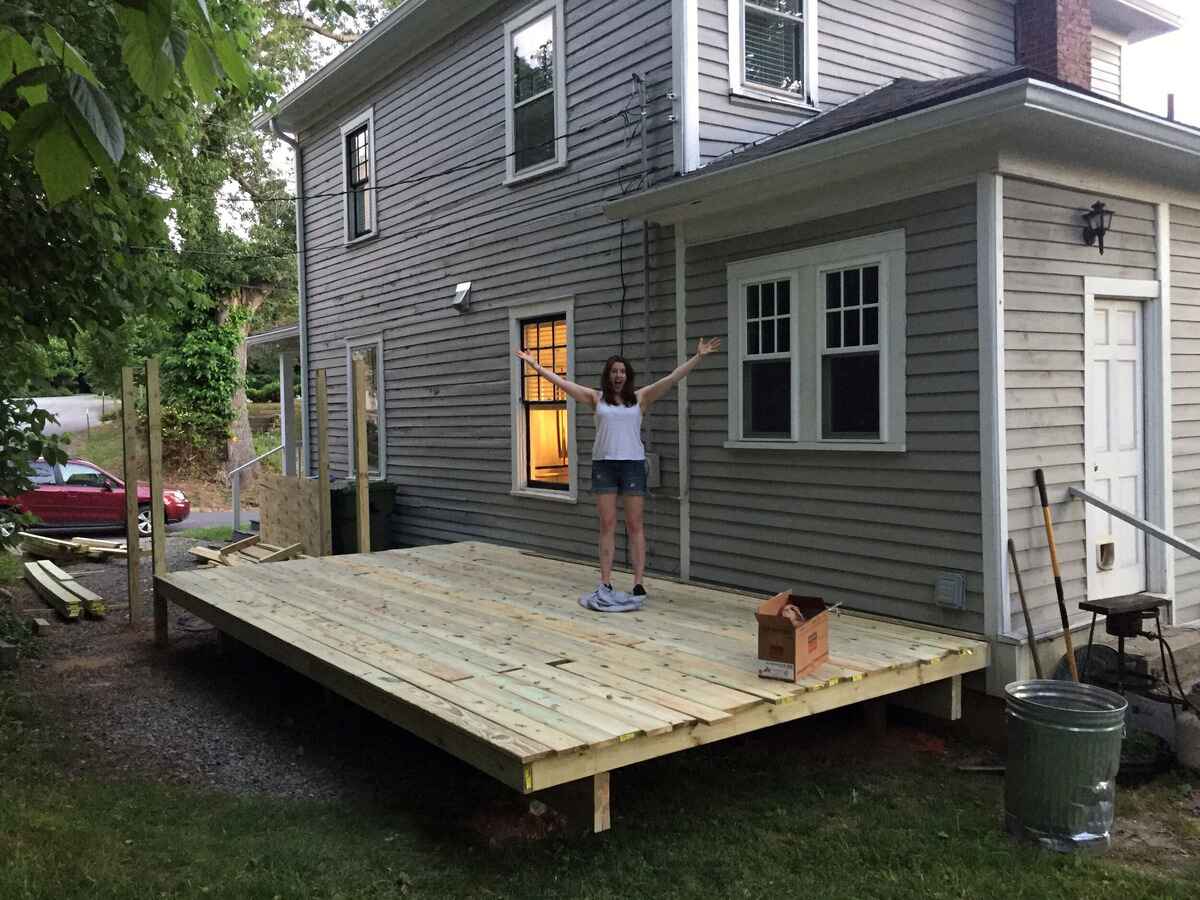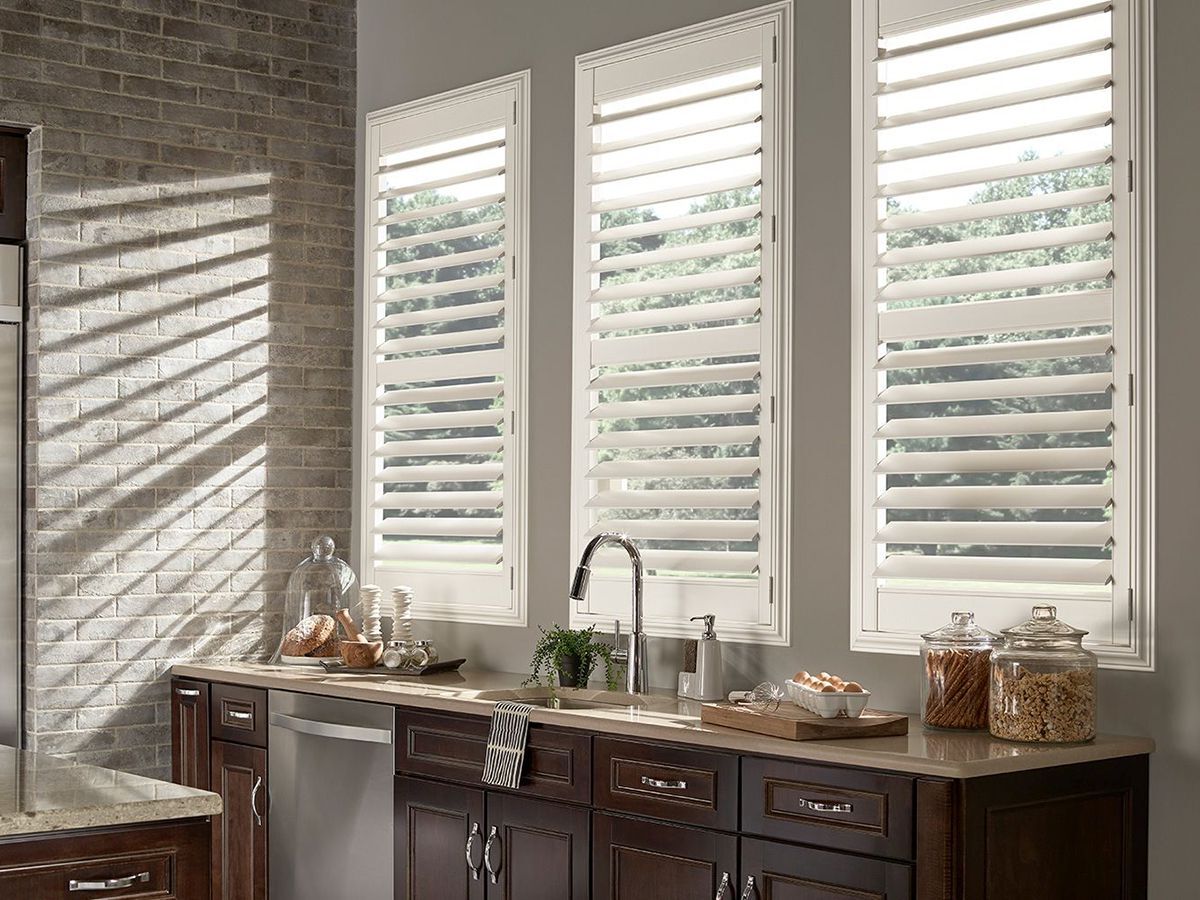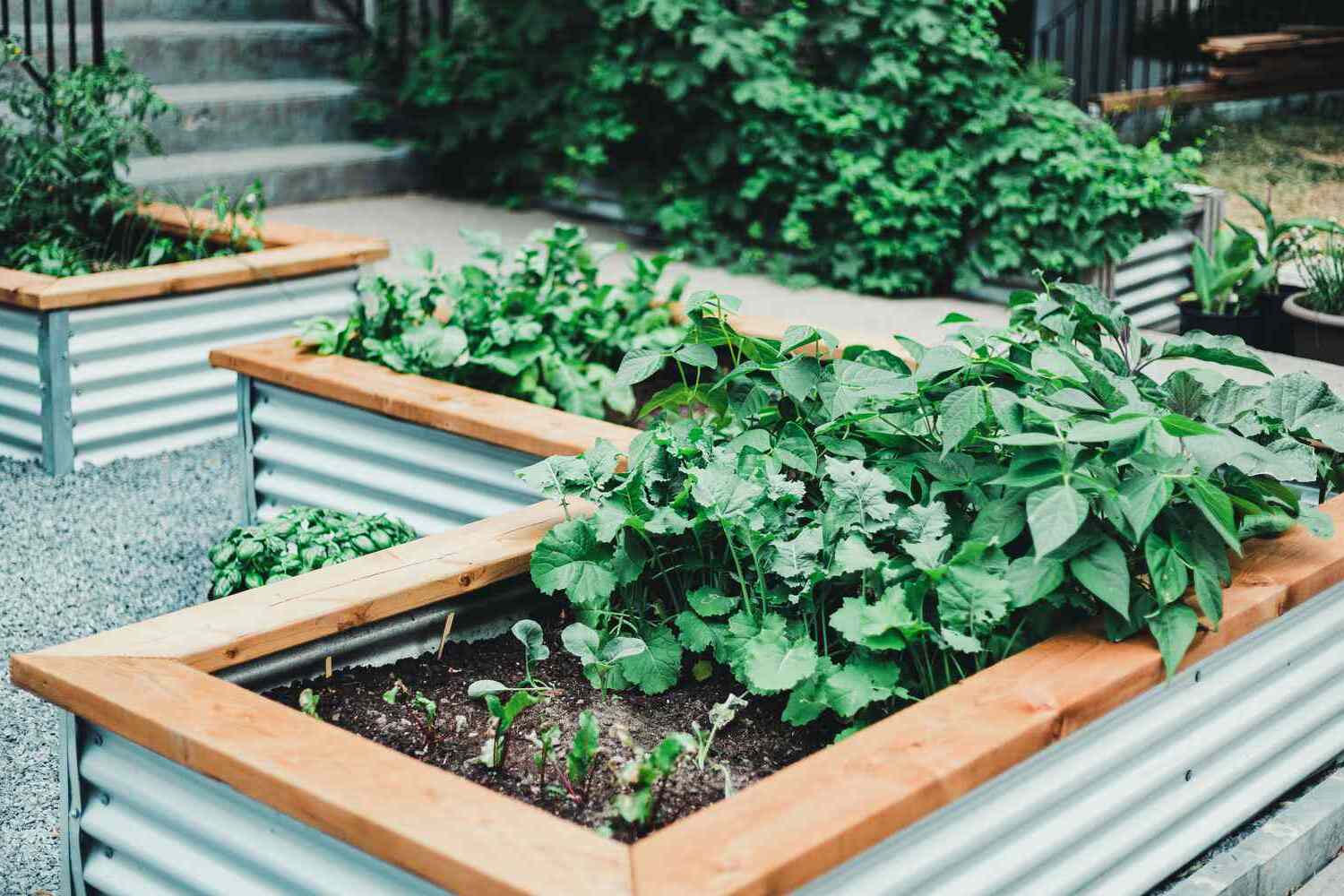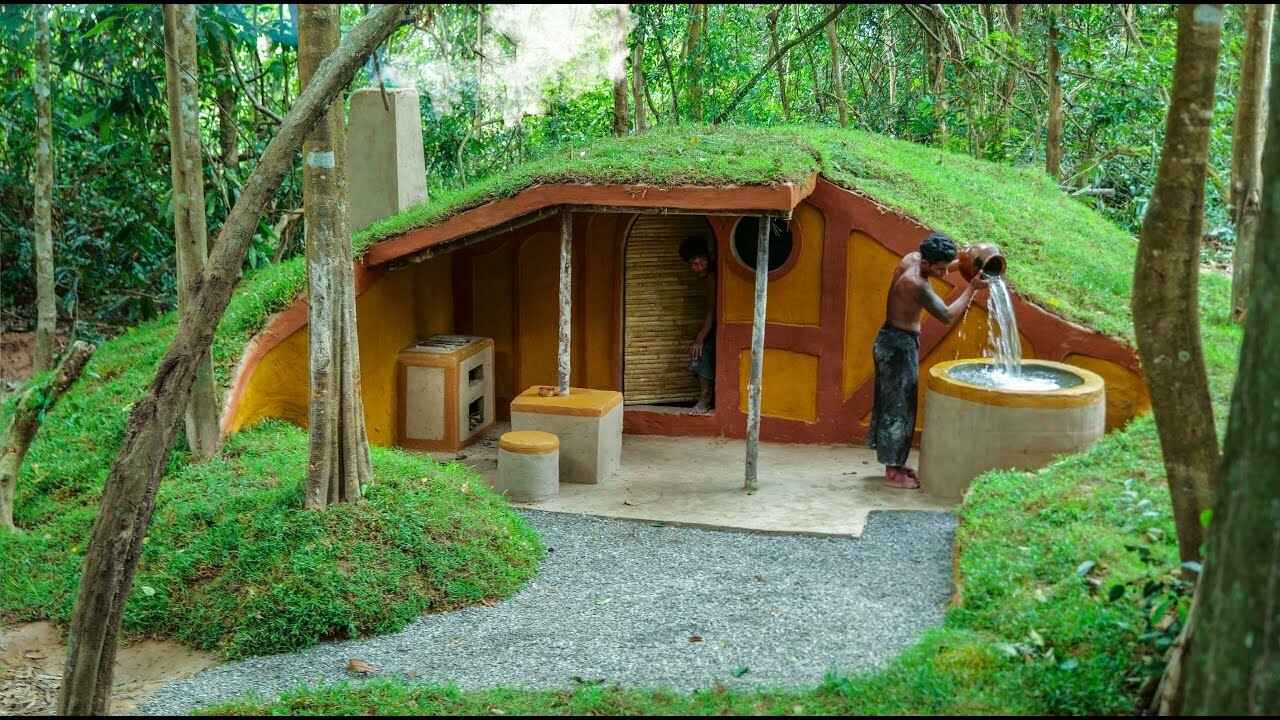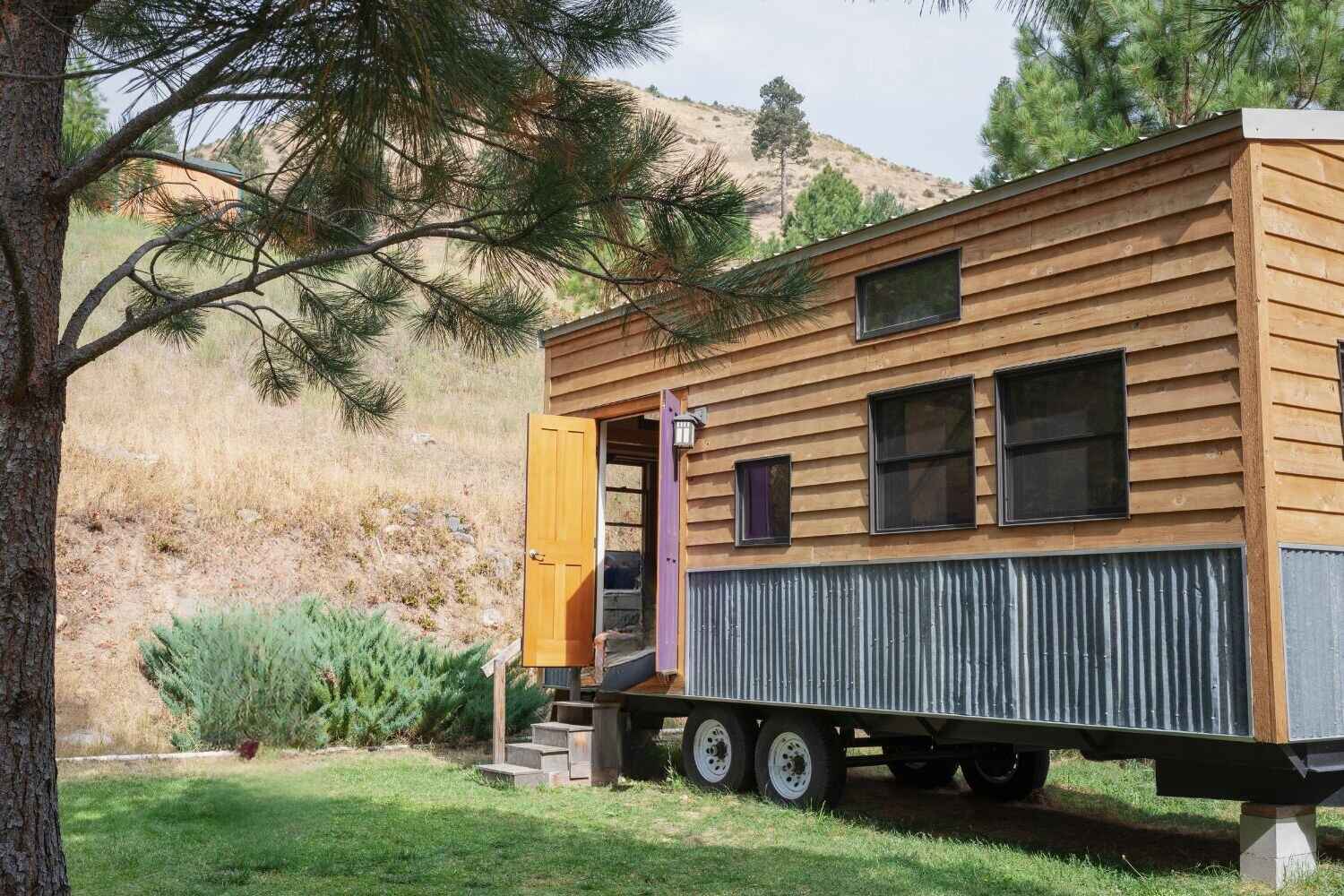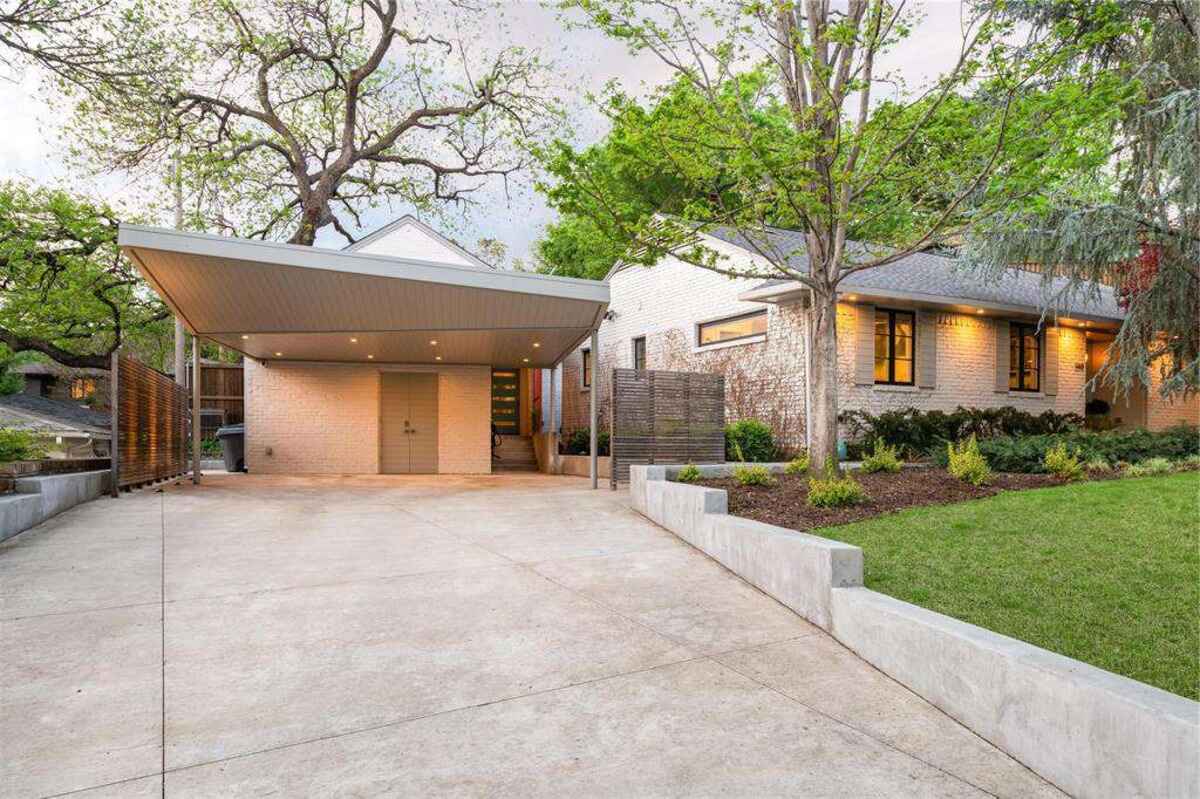Home>Create & Decorate>DIY & Crafts>Wood Duck Box DIY: How To Build A Nesting House For Wood Ducks
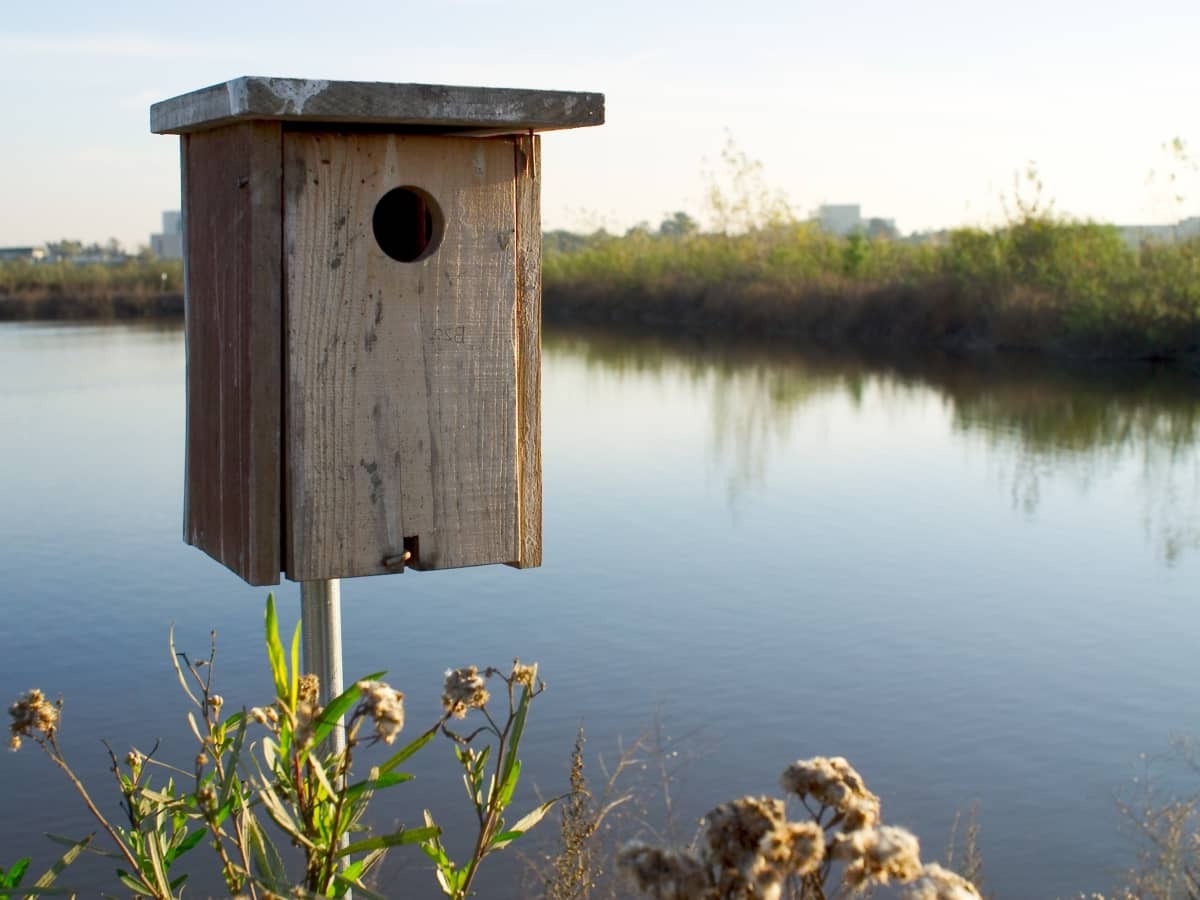

DIY & Crafts
Wood Duck Box DIY: How To Build A Nesting House For Wood Ducks
Published: May 23, 2024

Senior Editor in Create & Decorate, Kathryn combines traditional craftsmanship with contemporary trends. Her background in textile design and commitment to sustainable crafts inspire both content and community.
Learn how to build a DIY wood duck nesting box with our step-by-step guide. Perfect for DIY & Crafts enthusiasts looking to support local wildlife.
(Many of the links in this article redirect to a specific reviewed product. Your purchase of these products through affiliate links helps to generate commission for Twigandthistle.com, at no extra cost. Learn more)
Introduction
Are you interested in attracting beautiful wood ducks to your property? One way to do so is by building a wood duck box. These nesting houses provide a safe and secure environment for wood ducks to raise their young. In this article, we will guide you through the process of building your own wood duck box, from the materials needed to step-by-step instructions and tips for placement and maintenance. By the end, you'll be well-equipped to create a welcoming habitat for these stunning waterfowl.
Read more: How To Build Chicken Nesting Boxes
Benefits of Building a Wood Duck Box
-
Conservation: By building a wood duck box, you are contributing to the conservation of these beautiful birds. Wood ducks, known for their vibrant plumage and unique nesting habits, have faced habitat loss in many areas. Providing them with a safe place to nest can help support their population.
-
Natural Pest Control: Wood ducks are natural insectivores, and by attracting them to your property, you can benefit from their appetite for pesky insects. These birds help to naturally control insect populations, reducing the need for chemical pesticides.
-
Educational Opportunity: Building and maintaining a wood duck box can be a great educational opportunity for children and adults alike. Observing the nesting habits of wood ducks can provide valuable insights into wildlife behavior and the importance of habitat preservation.
-
Aesthetic Appeal: Wood ducks are not only beneficial for the ecosystem, but they also add aesthetic appeal to your property. Their vibrant colors and graceful presence can enhance the natural beauty of ponds, lakes, or wetlands where they are attracted to.
-
Personal Satisfaction: Knowing that you have played a role in providing a safe and welcoming environment for wood ducks can bring a sense of personal satisfaction. It's a rewarding feeling to see these magnificent birds thriving in a space that you have helped create.
-
Ecosystem Balance: By attracting wood ducks to your property, you are contributing to the overall balance of the ecosystem. These birds play a role in the food chain and their presence can have positive ripple effects on other species in the area.
-
Photography and Observation: For nature enthusiasts and photographers, a wood duck box can provide an excellent opportunity to observe and capture the beauty of these birds up close. It can be a source of joy and inspiration for those who appreciate the wonders of wildlife.
By understanding the benefits of building a wood duck box, you can appreciate the positive impact it can have on both the environment and your own enjoyment of nature.
Materials Needed for Building a Wood Duck Box
When embarking on the project of building a wood duck box, it's essential to gather the necessary materials to ensure a sturdy and suitable nesting house for these beautiful waterfowl. Here's a list of the materials you will need:
-
Untreated Wood: Select a durable, untreated wood such as cedar or cypress. These types of wood are resistant to decay and provide a safe environment for the ducks.
-
Plywood: You will need a piece of plywood to create the roof of the duck box. Choose a weather-resistant plywood to protect the nesting area from the elements.
-
Screws and Nails: To assemble the wood duck box, you will need screws and nails. Stainless steel or galvanized screws and nails are preferable as they are resistant to rust.
-
Hinge and Latch: If you want to make the duck box easily accessible for monitoring and cleaning, consider adding a hinge and latch to the design.
-
Drill and Drill Bits: A drill will be necessary for creating holes for the entrance and ventilation, as well as for assembling the pieces of the duck box.
-
Saw: A saw will be needed to cut the wood to the appropriate dimensions for the duck box.
-
Wood Glue: Using wood glue in addition to screws and nails can provide extra reinforcement for the structure of the duck box.
-
Waterproof Sealant: Applying a waterproof sealant to the exterior of the duck box can help protect it from moisture and extend its lifespan.
-
Measuring Tape and Pencil: Accurate measurements are crucial for constructing a functional wood duck box, so having a measuring tape and pencil on hand is essential.
By gathering these materials, you will be well-prepared to commence the construction of a wood duck box that will provide a safe and inviting nesting space for wood ducks on your property.
Step-by-Step Instructions for Building a Wood Duck Box
Now that you have gathered all the necessary materials, it's time to roll up your sleeves and start building a wood duck box. Follow these step-by-step instructions to create a welcoming nesting space for wood ducks:
-
Cut the Wood: Begin by cutting the untreated wood to the appropriate dimensions. You will need pieces for the front, back, sides, and bottom of the duck box. The dimensions will depend on the specific design you are following, but a typical wood duck box is around 10 inches wide, 24 inches tall, and 10 inches deep.
-
Create the Entrance Hole: Using a drill and an appropriate drill bit, create an entrance hole near the top of the front piece of the duck box. The entrance hole should be approximately 4 inches in diameter to accommodate the wood ducks.
-
Assemble the Box: Using screws, nails, and wood glue, assemble the pieces of the duck box together. Ensure that the box is sturdy and secure, as it will need to withstand the elements and provide a safe environment for the ducks.
-
Add the Roof: Cut a piece of weather-resistant plywood to create the roof of the duck box. Attach the roof to the top of the box, ensuring that it overhangs slightly to provide protection from rain and sun.
-
Install the Hinge and Latch (Optional): If you want to make the duck box easily accessible for monitoring and cleaning, you can install a hinge and latch to the design. This will allow you to open the box when needed without disturbing the nesting ducks.
-
Apply Waterproof Sealant: To protect the duck box from moisture and extend its lifespan, apply a waterproof sealant to the exterior. This will help prevent decay and ensure that the box remains a safe and inviting space for wood ducks.
-
Mount the Box: Once the duck box is assembled and sealed, it's time to mount it in a suitable location. Choose a spot near a body of water, such as a pond or stream, and mount the box on a pole or tree at least 10-15 feet above the ground. This will provide a safe and elevated nesting space for the wood ducks.
By following these step-by-step instructions, you can create a durable and functional wood duck box that will attract and accommodate wood ducks on your property. Remember to periodically check and maintain the box to ensure it remains a safe and inviting space for these beautiful waterfowl.
Tips for Placing and Maintaining a Wood Duck Box
Placement Tips
-
Location, Location, Location: When selecting a location for your wood duck box, choose a spot near a body of water such as a pond, lake, stream, or wetland. Wood ducks prefer nesting near water, and placing the box in close proximity to a water source increases the likelihood of attracting these beautiful birds.
-
Elevation Matters: Mount the duck box on a pole or a tree at least 10-15 feet above the ground. This elevation provides a safe and elevated nesting space for wood ducks, protecting the nest from potential predators and flooding.
-
Clear Flight Path: Ensure that there are no obstructions in the flight path to the entrance hole of the duck box. Wood ducks need a clear approach to the box, so trim any overhanging branches or vegetation that could impede their access.
-
Orientation: Position the entrance hole of the duck box away from prevailing winds, typically facing east or southeast. This helps protect the nesting ducks from exposure to harsh winds and extreme weather conditions.
Maintenance Tips
-
Regular Monitoring: Check the duck box regularly, especially during the nesting season, to ensure that it remains in good condition. Look for signs of wear, damage, or unwanted visitors such as invasive bird species or pests.
-
Cleaning Schedule: After the nesting season, clean out the duck box to prepare it for the next nesting cycle. Remove old nesting material and debris, and inspect the box for any signs of deterioration.
-
Repair and Replace: If you notice any damage or deterioration, make necessary repairs or consider replacing the box if it has become structurally compromised. Maintaining a sturdy and secure nesting space is essential for the safety of the wood ducks.
-
Predator Guard: Consider adding a predator guard to the pole or tree where the duck box is mounted. This can help deter climbing predators such as raccoons or snakes from accessing the nest.
-
Record Observations: Keep a record of your observations, including nesting activity, the number of eggs, and the success of the nesting attempts. This information can provide valuable insights into the behavior and population trends of wood ducks in your area.
By following these placement and maintenance tips, you can maximize the effectiveness of your wood duck box and create an ideal nesting environment for wood ducks on your property.
Conclusion
Building a wood duck box is a rewarding endeavor that not only benefits the conservation of wood ducks but also enhances the natural beauty of your property. By providing a safe and inviting nesting space for these stunning waterfowl, you contribute to the preservation of their population and the overall balance of the ecosystem. Through the careful placement and maintenance of the duck box, you can create an environment where wood ducks can thrive and raise their young. As you observe these magnificent birds making use of the nesting house you've built, you'll find fulfillment in knowing that you've played a part in supporting their well-being. Embrace the opportunity to connect with nature and contribute to the conservation of these beautiful waterfowl by building and maintaining a wood duck box on your property.

